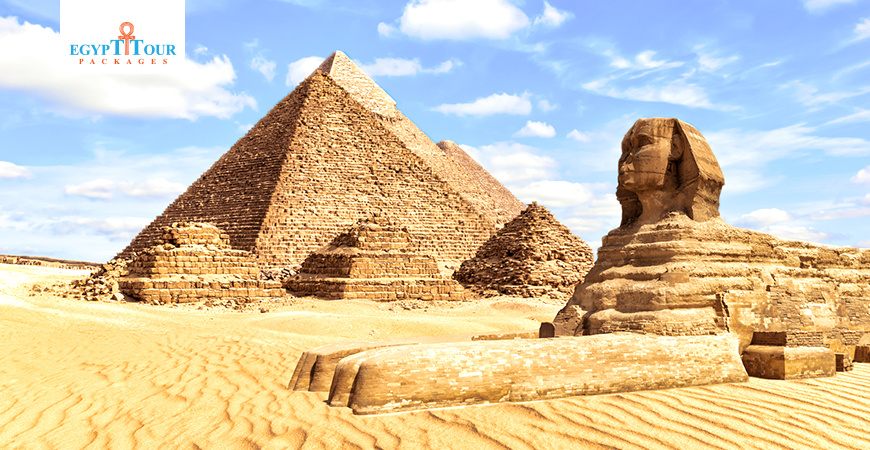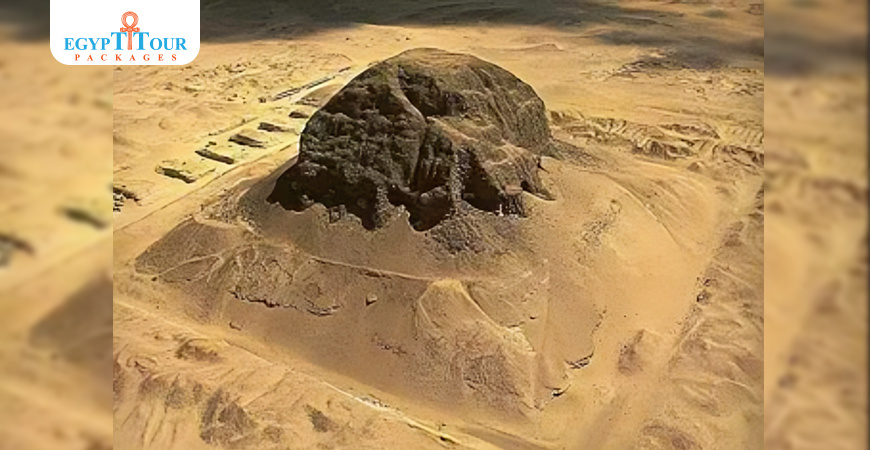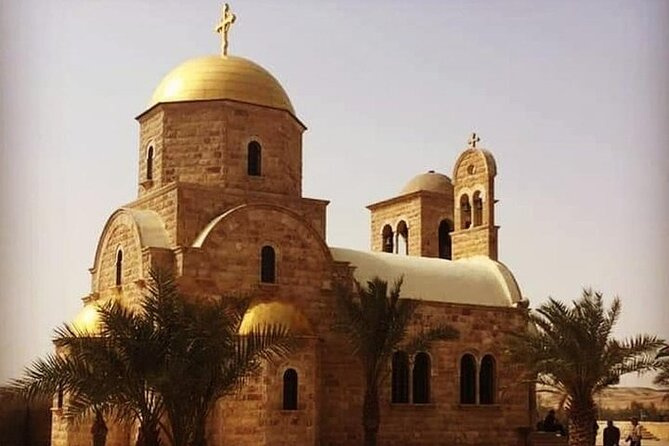

Kagemni Tomb
Kagemni was a vizier from the early part of the reign of King Teti of the Sixth Dynasty of Egypt. Kagemni's wife was a Daughter Of King Teti.
What is the tomb of Kagemni at Saqqara?
Kagmeni was a minister of justice. He lived in the era of King Unas of the Fifth Dynasty and King Teti, founder of the Sixth Dynasty. He was married to Teti’s daughter. Kagameni was the Minister of Justice, and he was a well-known sage. The Kagameni cemetery is considered one of the most beautiful tombs in Saqqara because it contains detailed scenes of daily life in that era, despite its ruins. The tomb consists of seven rooms, the most beautiful of which is the offering room, containing scenes of animal care, hunting scenes, and other interesting scenes... including this wonderful view of the mural of the Kagameni tomb in Saqqara.He is truly one of the great men of the late Sixth Dynasty, and we should not confuse him with Kagemeni, the author of the famous teachings of “Kagemeni,” who was a minister during the reign of King Huni. Accordingly, “Kagemeni,” the author of the teachings, is attributed to an era earlier than the era of the owner of the tomb at Saqqara.

Why is the Saqqara tomb important?
The tomb is located east of and adjacent to the Mari Roca cemetery, and its door opens to the east. The mastaba consists of seven rooms, most of which are rectangular in shape, all of which are engraved in relief. Some of their views are excellent. Lepsius uncovered the Kagmeni tomb in 1843, but he was unable to publish it.The tomb was covered with sand for a period of fifty years, and the Antiquities Service re-cleaned the tomb in 1893. De Morgan participated in the cleaning process, and Loret also participated in cleaning and preparing the tomb and others for public visitation.Von Bissing came from the Saqqara region and attempted to publish parts of the tomb from Room 4 to Room 8 in two parts in the German language between the years 1905-1911. Then the Saqqara Koppel region came and carried out cleaning and excavation work around the Kagmeni cemetery in the years 1905-1907. Excavations and cleaning of graves stopped from 1914-1920 due to World War I.In the fall of 1920, financial funds became available to archaeologists, and archaeological work resumed activity and he came to the Saqqara Firth area. He carried out some excavations in the Cemetery of Teti for a few years, re-excavated this cemetery and published parts of this cemetery in five pages and 6 pictures in a two-part book.Then Harpur recently studied the details of the cemetery’s landscape in a very valuable and useful study which added much, much more, and was distinguished by distinctive cultural comments.

Tomb of Kagemni
Scientists have agreed to date this tomb in the Sixth Dynasty, “the reign of King Teti.” Kagmeni mentioned in his autobiography that he lived with three kings :King Jed Kare Assi, the eighth king of the Fifth Dynasty. Kajemti mentioned that he was a contemporary of this king or was his lover, so it seems that he was born, raised, and educated during the reign of Isi, King Wanis, the ninth and last king of the Fifth Dynasty. Kajemni began his professional life during the reign of Wanis and worked outside the capital in two positions:Judge Border employee, district employee, administrative employee, governor of the region, or canal administrator. These two jobs may be one job, which is the legal employee of the province (or region) or Administrative and legal employee.. When Titi came to power, Kajmani moved to Memphis was one of the oldest and most important cities in ancient Egypt, located at the entrance to the Nile River Valley near the Giza plateau. Memphis and Tati appointed him as supervisor of every office related to the priesthood of the capital. He did everything that the king ordered, loved, and wished for, and he gained the trust and appreciation of the king, and the king rewarded him and granted him some noble positions and granted him some eastern jobs and titles that reached 66 Title and position,King Titi: Kajemni reached the highest positions during the reign of Titi, namely the head of justice, the minister, the supervisor of Upper Egypt and the Delta, the supervisor of all the king’s work, the two treasuries, the shontines, the two workshops, the clerks of royal documents, the courts or the Sunni courts... etc. Kajemni also married a princess from The royal palace was often visited by King Titi's daughter during the king's rule. Perhaps this was a type of reward, privileges and honors.

Kagemni's tomb
Kagemni's tomb can be accessed from the east and has a similar appearance to Mereruka's tomb. The entrance jambs display a double representation of Kagemni, providing his names and titles. Upon entering, Kagemni is depicted as being overweight. The tomb consists of eight chambers adorned with exquisite reliefs, along with five storage rooms. Unfortunately, the colors on the decorated walls are not as well-preserved as those in Mereruka's tomb. The first chamber contains remnants of a scene depicting fishing and fowling in the marshes, with Kagemni standing in a papyrus boat.

The Tomb of Kagemni
The next chamber on the right is a long hall with three square pillars. On the northern wall, there are some beautiful reliefs. Starting from the right, the bottom register shows male dancers and female acrobats and clappers. The long wall displays scenes of marshes, including a hunt for hippos with crocodiles. The fishermen are using nets and baskets to catch fish, and there are lotus plants floating in the water. Keep an eye out for dragonflies, grasshoppers, and frogs. Further along, there are men taking care of animals - milking a cow, lassoing a cow, and feeding a puppy. In the bottom right, a man is shown with a piglet around his neck, and on the lower left, cattle cross a canal with herdsmen in boats. There is also an interesting scene of two men making mats by beating the fibers flat with mallets. The end wall shows Kagemni receiving scribes who present accounts to him, and there are river scenes beyond, although only the lower parts remain. To the west of the hall with pillars, there are five store-rooms.

Kagemni Mastaba
Another chamber, accessed through a doorway in the north wall of the pillared hall, is adorned with fishing scenes on its right-hand wall. In these scenes, crocodiles and men compete to catch fish and battle with hippos, creating a sense of danger. On the opposite wall, there are depictions of tending animals, such as feeding hyenas, caring for birds in a poultry-yard, and force-feeding geese. This chamber leads to another room on the left, where scenes of food offerings, granaries, and men dragging plumed chests on sledges can be seen. These scenes appear to be part of a harvest festival.

The mastaba tomb of Kagemni
To the right, there is a doorway leading to the offering hall. The walls of the hall show men and priests bringing offerings, as well as butchers slaughtering cattle. At the eastern end of the hall, there is a false door belonging to Kagemni. Although the top part is missing, we can still see that the door is surrounded by a triple jamb. There is a text on the jamb that mentions the offerings to be brought for the deceased, such as thousands of loaves, sweets, and jars of beer. These offerings are meant to sustain Kagemni in the afterlife. In the next room, there are scenes depicting Kagemni receiving offerings, including jars of oils, ointments, and linen. The colors in this room are well preserved.Kagemni's tomb had a separate serdab chamber that was completely distinct from the rest of the tomb. On top, there were two boat-shaped chambers or pits that resembled the boat-pits near the Pyramid of Unas, which is uncommon for a private burial. The burial shaft of Kagemni is located at the northern end of the tomb. The burial chamber was adorned with offering texts, and his sarcophagus and canopic jars were discovered here, along with a few other funeral objects that are currently housed in the Cairo Museum.

Post A Comment
Your Email Address Will Not Be Published.


























































0 Comments